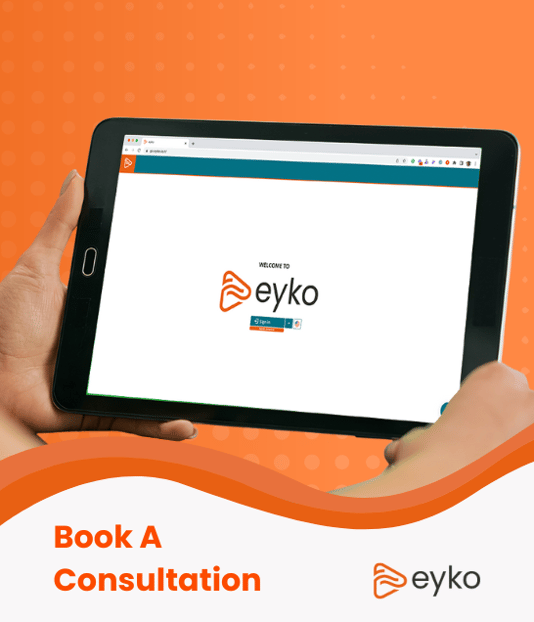Excel – The world’s best calculator and the world’s worst database
Who ever thought that when Microsoft launched Excel back in 1985 it would go on to be the lifesaver it has become, not just for people in Finance, but for every function across the business? Do not tell Marc Benioff, but Sales still loves their spreadsheets, and so do Marketing and Operations as well - in fact, everybody loves using spreadsheets and it is easy to see why.
While Finance will claim they are the ones who really use it for the purpose for which it was designed, for just about everybody else it has become a sort of Swiss Army knife solving a multitude of different problems around data. When people struggle to get systems to work, they breathe an audible sigh of relief when they understand they can get the data into Excel because they know they will be able to finish whatever needs to be done from there.
Its a data management problem.
While I am comfortable with my claim that everybody loves Excel, there is little doubt the people in the IT and Audit & Compliance community have become increasingly uncomfortable with an over-reliance on spreadsheets. Even though these people are Excel users themselves, the proliferation of spreadsheets does cause significant security and auditability challenges for many people. Even the latest collaboration and file sharing features have done little to address this problem.
In some way, Excel has almost become a victim of its own success. The ease with which you can manipulate, and store data means it is probably the first thing people think of when they need to fix just about any data problem. This propensity to resort to Excel can sometime be fueled by people’s lack of trust in data. Excel makes it easy for people to have their own “stash” of data that they manage, control, and have ultimate faith in.
The sense of data independence this gives people should not be underestimated - especially people who do not have the technical skillset to access data in corporate systems or databases. There is comfort in knowing that no matter what happens to the systems or tools they use, they will always have the data they need to do their job.
What does it say about the other systems?
This reliance on spreadsheets can also be seen as a poor reflection on the other systems that companies use to run their business. What is it about these enterprise systems that make people want to build their own shadow data systems? Are they too difficult to use or do they not trust the data?
This last question – is the data accurate? - is particularly interesting and the one that causes most internal friction within organizations. You see, most of the data that is in these spreadsheets is created by systems that already exist in the business.
It is the duplication of this data and the risk that it can be changed without any audit trail, corrupted, or even shared with people who should not see the data that causes the main problems. The IT and Audit teams might find this Excel addiction easier to understand if the spreadsheets contained unique data that did not exist anywhere else in the organization.
For many people, it is not the risks around the functionality of Excel and what people can do with the data that is the problem, it is the lack of a strategy of how to manage the data that causes the real issue.
While some people will talk in terms of data governance and security, most users just want to know things like “Is this the right version of the spreadsheet? Are the figures correct and up to date, where is it stored and who has access to it?” It is perhaps the control and management of spreadsheets that have become the bigger problem and the reasons why a better solution is needed.
The other aspect that makes companies uncomfortable about the reliance on spreadsheets is the sheer size and scale of some of the data models people now build. Increased processing power means that it is now possible to create bigger and more complex sheets.
In his study from 2005, “What We Know About Spreadsheet Errors,” Ray Panko, University of Hawaii Information Technology Management professor, found that 88% of spreadsheets had more than 1% errors in their formulas. And that was long before people were building models of the current scale.
It almost feels like what people need is some type of Excel database - or put another way - a filing system for Excel spreadsheets and even CSV (Comma Separated Values) files.
Just like any other database.
Organizations need a place where all the spreadsheets can come together and a place where the data in the sheets can be shared and synchronized with other applications that create or use the data. They need an end-user type of database that does not require users to learn a query language, but one where the interface is the sheets, tabs, rows, and columns that created it.
While some people might feel that this is a big brother attempt to try and rein in the growth of all these spreadsheet data silos, they will quickly appreciate the number of hours they will get back in their life by not having to rekey and manage all this data.
The people who created their own version of the data for whatever reason and felt at the edge of their organization can now be at the center, driving the conversation around data.
With IT and Audit now able to bring these spreadsheet islands together with a way to connect this data to the rest of the enterprise data just like any other database, this gives them the security, control, and auditability they have grown to expect from other systems.
The people who always said Excel was the world’s best calculator, but the world’s worst database might just have to reconsider.
If you would like to find out more about how eyko can help you build an excel database, then please go to www.eyko.io.
Share this
You May Also Like
These Related Stories

Can data blending replace data preparation & integration?

When you've Outgrown Microsoft Excel

